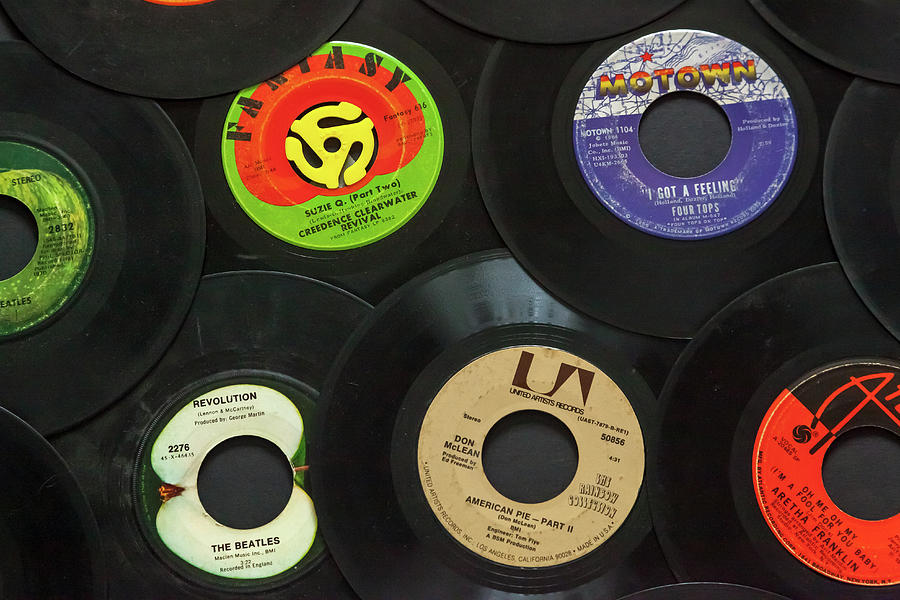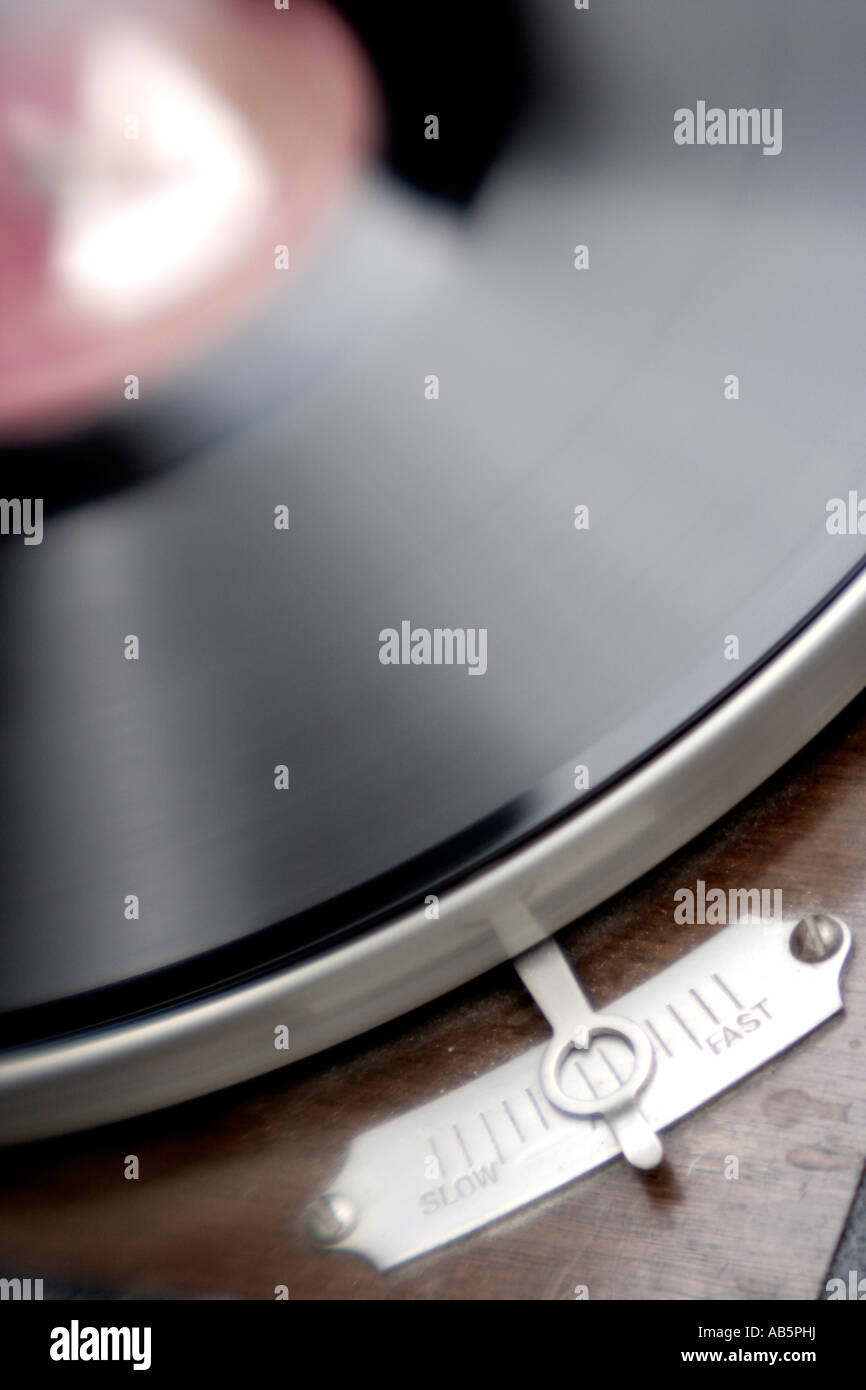

To recap, the faster a record spins, the higher its sound quality becomes. This means that increasing the revolutions per minute of a disk effectively shortens its playback time. While a higher RPM is associated with higher quality, it in turn loses the amount of information it can store in the grooves on its surface. The vibrations produced are more spaced out, so the audio may sound choppy or disjointed. What has been discovered is that the slower a record turns, the worse the audio sounds. If you don’t match your record player’s setting to the rotation needs of the disk, you could distort the record to the point where it would be impossible to play it again. Make sure you look for the revolution per minute designation on your record before dropping it on your turntable’s platter.

Often, EPs and maxi-singles are produced on 12-inch disks that also rotate at 45 RPM. There are only three speeds in which a vinyl record can be produced:Ĭhances are, the records you’d like to listen to are full-size 12-inch records, spinning at 33 1/3 RPM, or 7-inch singles, spinning at 45 RPM. This metric refers to how many times the platter, and therefore the record, will spin completely in one minute.

All records are measured and sorted by their RPM, which stands for revolutions per minute. The science behind record sizes and speeds is fairly simple to understand. However, there is something to be said for the aesthetics of the listening device and the intense comfort and nostalgia a record player has that a computer or CD player could never replicate. Unless there is an issue with the device itself-scratches, grease, dirt, deformities-there is little to no recognizable difference between analog and digital media. The largest differences in sound quality are attributed to the physical quality of the record player, amplifier, speaker, and sometimes the vinyl disk itself. Analog vs Digitalĭespite what many vinyl enthusiasts proclaim, very few untrained ears can discern the difference between analog and digital sound, or the music produced by a record as opposed to the music produced by a CD or some other high-quality digital style. This process results in music pumping from a vinyl disk, to the speakers, to your ears. Every time the record spins, your turntable is tasked with reading and decoding the continuous spiral groove that starts at the edge of the disk and spirals inward in real-time. The less you play the record, the better it sounds. The varying part of the signal, which most audiophiles call the “warmth” or “natural sound” of a vinyl record, is a representation of another time-varying quantity-how intact the grooves are. Unlike the more common digital sound transmission that MP3s and streamable music rely on, analog transmitters omit a continuous signal that varies depending on the pressure of the needle on the grooves. Record players convert vibrations from the grooves on a vinyl into analog sound waves. This proved fantastic for the purpose of sound quality potential, but the vinyl cylinders (not even disks!) could only store around five minutes worth of sound on a single side. The average user could produce speeds up to 80 RPM. This primitive listening device used the energy from a hand crank to power the turntable’s platter and create revolutions per minute. None other than Thomas Edison, the most electric inventor in American history, invented the very first phonograph.


 0 kommentar(er)
0 kommentar(er)
